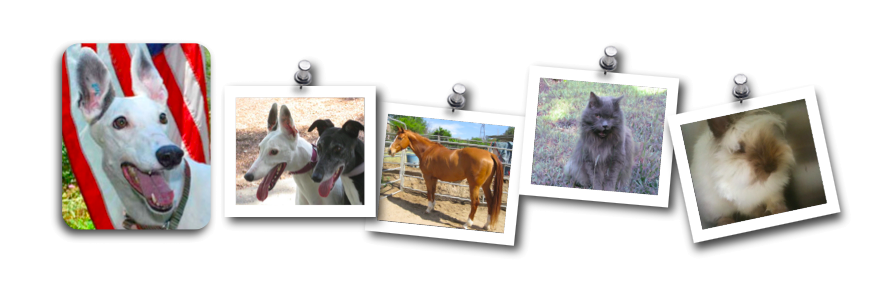The ASPCA urges pet owners to think twice about flying their pets on commercial airlines, especially if they plan on checking them in as cargo.
Unless your animal is small enough to fit under your seat and you can bring him or her in the cabin, the ASPCA recommends pet owners to not fly their animal. If pet owners have already committed to transporting their pets on commercial airlines, the ASPCA is offering the following top ten tips for safe air travel with your pet:
- Make an appointment with your pet's veterinarian for a checkup, and
make sure all vaccinations are up-to-date. Obtain a health certificate
from your veterinarian dated within 10 days of departure. For travel
outside of the continental United States, additional planning and
health care requirements may be necessary. Contact the foreign office
of the country you are traveling to for more information.
- Make sure your pet has a microchip for identification and is
wearing a collar and ID tag. Breakaway collars are best for cats. The
collar should also include destination information in case your pet
escapes.
- Book a direct flight whenever possible. This will decrease the
chances that your pet is left on the tarmac during extreme weather
conditions or mishandled by baggage personnel.
- Purchase a USDA-approved shipping crate that is large enough
for your pet to stand, sit and turn around in comfortably. Shipping
crates can be purchased from many pet supply stores and airlines.
- Write the words "Live Animal" in letters at least one inch
tall on top of and at least one side of the crate. Use arrows to
prominently indicate the upright position of the crate. On the top of
the crate, write the name, address and telephone number of your pet's
destination point, and whether you will be accompanying him or if
someone else is picking him up. Make sure that the door is securely
closed, but not locked, so that airline personnel can open it in case
of an emergency. Line the crate bottom with some type of
bedding—shredded paper or towels— to absorb accidents.
- Affix a current photograph of your pet to the top of the crate
for identification purposes. Should your pet escape from the carrier,
this could be a lifesaver. You should also carry a photograph of your
pet.
- The night before you leave, make sure you’ve frozen a small
dish or tray of water for your pet. This way, it can’t spill during
loading, and will melt by the time he’s thirsty. Tape a small pouch,
preferably cloth, of dried food outside the crate. Airline personnel
will be able to feed your pet in case he gets hungry on long-distance
flights or a layover.
- Tranquilizing your pet is generally not recommended, as it could hamper his breathing. Check with your veterinarian first.
- Tell every airline employee you encounter, on the ground and
in the air, that you are traveling with a pet in the cargo hold. This
way, they’ll be ready if any additional considerations or attention is
needed.
- If the plane is delayed, or if you have any concerns about the welfare of your pet, insist that airline personnel check the animal whenever feasible. In certain situations, removing the animal from the cargo hold and deplaneing may be warranted.

